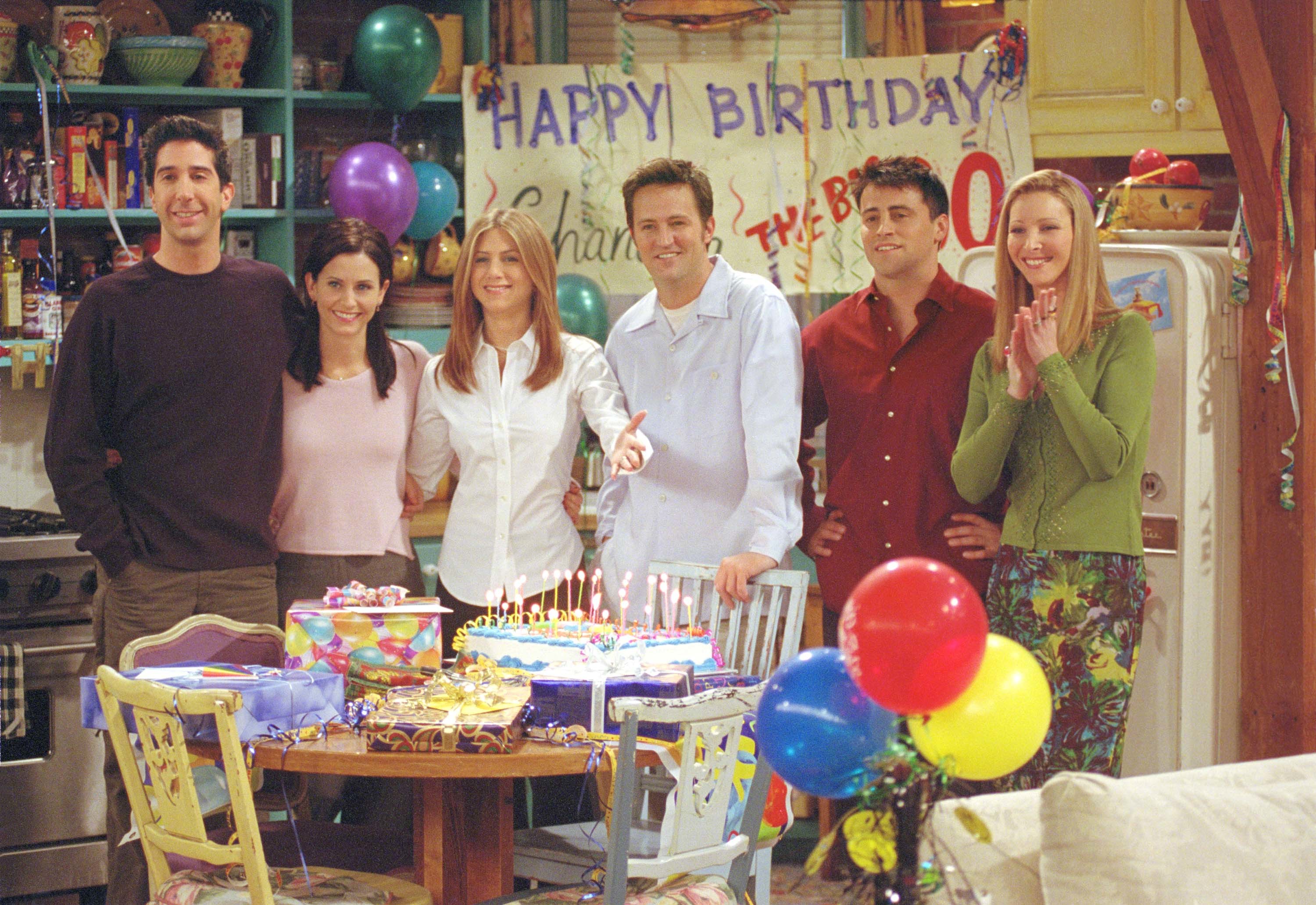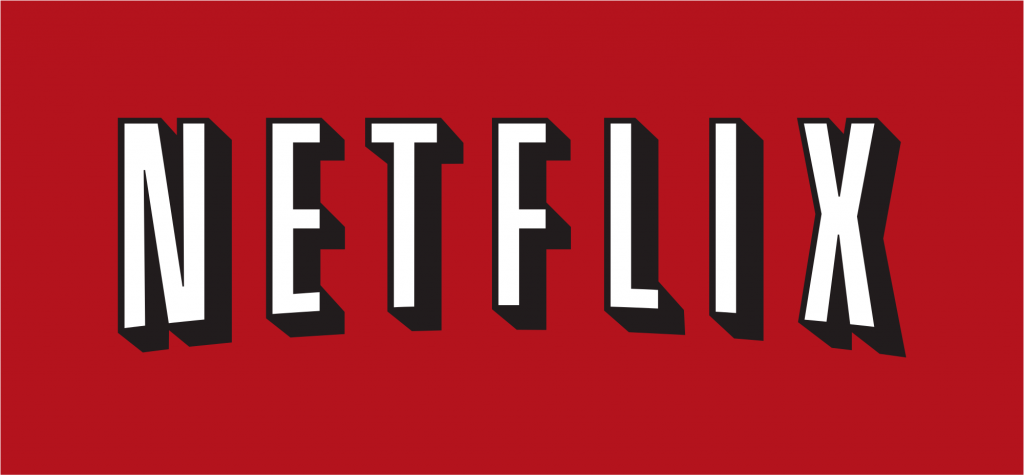
BINGE-WATCHING TV shows is harming our health and happiness as scientists discover we are spending up to 14 hours a day viewing back-to-back episodes.
The increasing popularity of streaming services where whole series are available has increased the impact of binge-watching, according to the study.
Dr Stephan Dombrowski, of Stirling University, co-authored the report and warns becoming hooked on shows is damaging viewers’ health.
US newcomer Netflix is now more popular than the BBC for streaming – with all 10 series of Friends arriving this month – and the research suggests we spend the equivalent of eight days a year watching back-to-back episodes.
Dr Dombrowski, a health psychologsist, said: “You don’t have to wait another week, the episodes are there, available, and technology helps because you do not need to press a button.
“The next episode just comes on automatically.
“People binge-watch because it gives them pleasure. They get hooked in the moment.
“People think, ‘I’ll just watch one more episode’, and stay up that little bit longer. It is disruptive of sleep pattern and that is where you might get detrimental effects from a health perspective.
“It affects you into the next day, a lack of concentration, a neglect of work.”
Box set viewing also encourages over-eating, he suggested.
“The more you watch television, the more likely you are to increase your snacks as well.
“People associate being sedentary and watching television with consuming snacks. It is done in an automatic fashion – you just do it because it is part of the ritual and the routine.”
Lack of physical activity is the fourth-leading mortality risk factor, with time spent watching television linked to obesity and reduced sleep time.
Of his own viewing tastes, Dr Dombrowski admitted he was hooked on “crime-type stuff – The Bridge and the Scandi-noir ones I find quite fascinating.”
But he has his own strategy to break the binge-watching habit.
“I always stop in the middle of an episode – that is usually where it gets a little bit boring.
“It is so I don’t get sucked in by cliffhangers at the end.”
A recent study by Ofcom revealed that almost 10 million Britons admit they have missed sleep to catch up on episodes of their favourite show instead. And a quarter of adults said they neglected work and household chores.
But the pleasure may be short-lived as even couch potatoes are increasingly feeling guilty over time-wasting.
The research by academics in Stirling and Newcastle looked at the viewing habits of 110 people. They binge-watched on average nearly three episodes at once – although some watched up to 14, and for at least two-and-a-half hours at a time.
Most watched on their living room TV set, often from the moment they got home, while one in 20 stayed glued to the screen even at work.
The study in the Journal of Health Psychology compared binge-viewing to an addiction, with parallels to “addictive behaviours with a binge potential, such as eating, sex and drugs”.

Enjoy the convenience of having The Sunday Post delivered as a digital ePaper straight to your smartphone, tablet or computer.
Subscribe for only £5.49 a month and enjoy all the benefits of the printed paper as a digital replica.
Subscribe